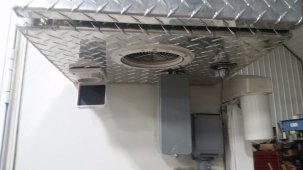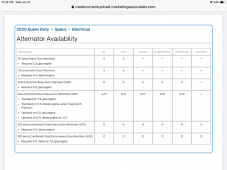I've got twin alternators, total 440A. A 190A primary and a 250A secondary.
I use a Sterling BB12180 180A B2B charger which is an excellent product. Prior to this I used the Sterling 60A model which also worked well.
This charges a 1120A LiFePO4 bank.
I use a Sterling BB12180 180A B2B charger which is an excellent product. Prior to this I used the Sterling 60A model which also worked well.
This charges a 1120A LiFePO4 bank.




